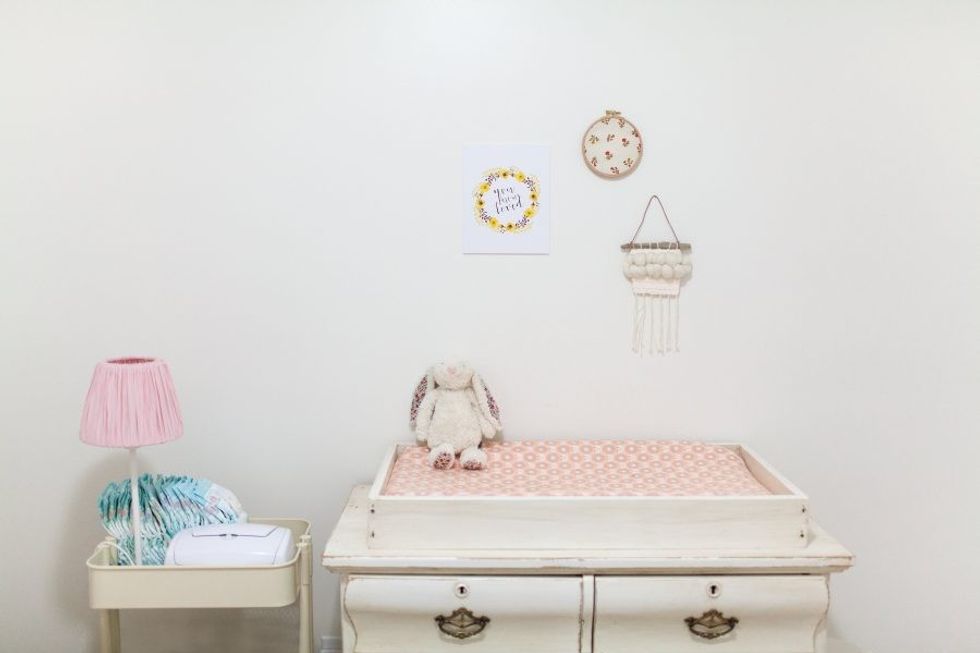
It used to be that condo sales offices attracted a very specific clientele — young, often single, and willing to trade space for location and convenience.
These days, though, that urban professional has given way to couples pushing strollers, and more and more families today are calling condos home.
In Canada’s hottest real estate markets —and especially in Toronto, where the average detached house goes for over a million dollars — high-density living is the only viable option for many families who wish to remain in the city.
Even Toronto townhouses, once an affordable low-rise option, are increasingly out of reach.
“We’ve had three families move onto our floor alone in our building within the last year — new babies and stuff. The community is definitely changing. And it’s because we should be able to afford a single-family home in Toronto, but we just can’t,” says Lizzie Adams, a Fort York resident and mother of a 1-year old daughter.
“We still like our lifestyle, and we’re not willing to move to the suburbs yet. We don’t want to move to Whitby or Mississauga or further now, because of the price point. You have to make those sacrifices I guess.”
Adams certainly isn’t alone in her thinking. Toronto’s downtown population is growing by 10,000 people each year, enough to capture the attention of developers and the city, ushering in an era of change for high-rise planning.
Here are the top shifts we’ve noticed in the condo landscape, as more families trade backyards for glass boxes.
No. 1: Amenities just for kids
The amenities package in most Toronto condos channels resort living: there could be a pool, hot tubs, gyms, slick party rooms and rooftop terraces. The issue is these features aren’t usually designed with child use or safety in mind, but developers are listening to changing buyer needs says Sam Mizrahi, president of Mizrahi Developments.
“We’re seeing a shift taking place in two main areas. If you look at the empty-nesters who are downsizing into the developments we’re making, they’re actually looking at amenities and spaces where they can have their grandchildren come,” he says.
“That goes all the way to families who are saying, ‘Look, I’ve got two kids’, or ‘We want to start a family and I want to make sure the amenities, the systems, the schools and all the items I need to raise a healthy family are in the development you’re building.’”
Adds Adams, “The building we used to live in used to be known as a party building, and now everyone you see walking in and out of that door is pushing a stroller, they’re walking their dogs — maybe they were partiers, five years ago, but now they’re starting their families,” she says.

The City of Toronto has also mandated for child-specific spaces as part of its “Growing Up: Planning for Children in Vertical Communities” study, a year-long look into improving condo life for families. New requirements include amenity spaces for child fitness, crafts, toddler play, homework, music lessons, and more, not to mention built-in lobby stroller space.
No. 2: The call for larger units
The main challenge for condo-dwelling families is arguably lack of space, squeezing three or more people into a unit meant for two at the most. Units with more than two bedrooms are also a rarity in the city, and often go for a premium. That’s poised to change, as both developers and the city look to expand unit square footage and the number of bedrooms.
“Developers of their own volition are seeing that three-bedroom product. There is demand for it,” says Mimi Ng, marketing manager at Menkes. “It’s not from every segment of the marketplace, but they can sell it.”

“There is a demand for product over 1,000 square feet, larger units, so the pendulum is starting to swing the other way, because for a while we were going into micro-units. What we’re starting to see, is you have purchasers come in and say, ‘I would love to move into a unit, but I need 950 square feet, I need 1,100 square feet, I need 1,200 square feet — where can I get that kind of space?’”
Soon, those buyers will be able to find larger options in every new condo built in Toronto, as the city has mandated a full 25 per cent of freshly built units be considered “large”. Under the rules, 10 per cent of units must have three bedrooms, at a minimum of 1,140 square feet, and 15 per cent with two bedrooms, at 969 square feet. Larger kitchens, moveable walls and built-in laundry rooms are also part of the study’s formal requirements.
No. 3: Getting creative with space
Still, cramming a family of four into your standard unit takes a considerable amount of creativity — and a willingness to downsize. It’s this streamlined-living spirit the City of Toronto encountered when consulting with nine families on how they make limited space work.
“It found that residents aren’t shy to rework their units to their needs — for example, tearing down bedroom walls (when not load bearing), to building modules to separate space in living rooms and kitchens. Foldable furniture, a savvy approach to storage and ability to purge clutter also topped the list.”
However, the City found the most profound difference was the way condo families viewed their neighbourhoods and local infrastructure as extensions of the home — frequent visits to the park made up for lack of a backyard, for instance — and how the families heavily relied on nearby social and recreational programs.
“This participatory consultation approach offered numerous insights and a key lesson —
instead of ‘hacking’ their homes, many families have ‘hacked’ their thinking about what they need to successfully raise their children in the city,” states the report.





















